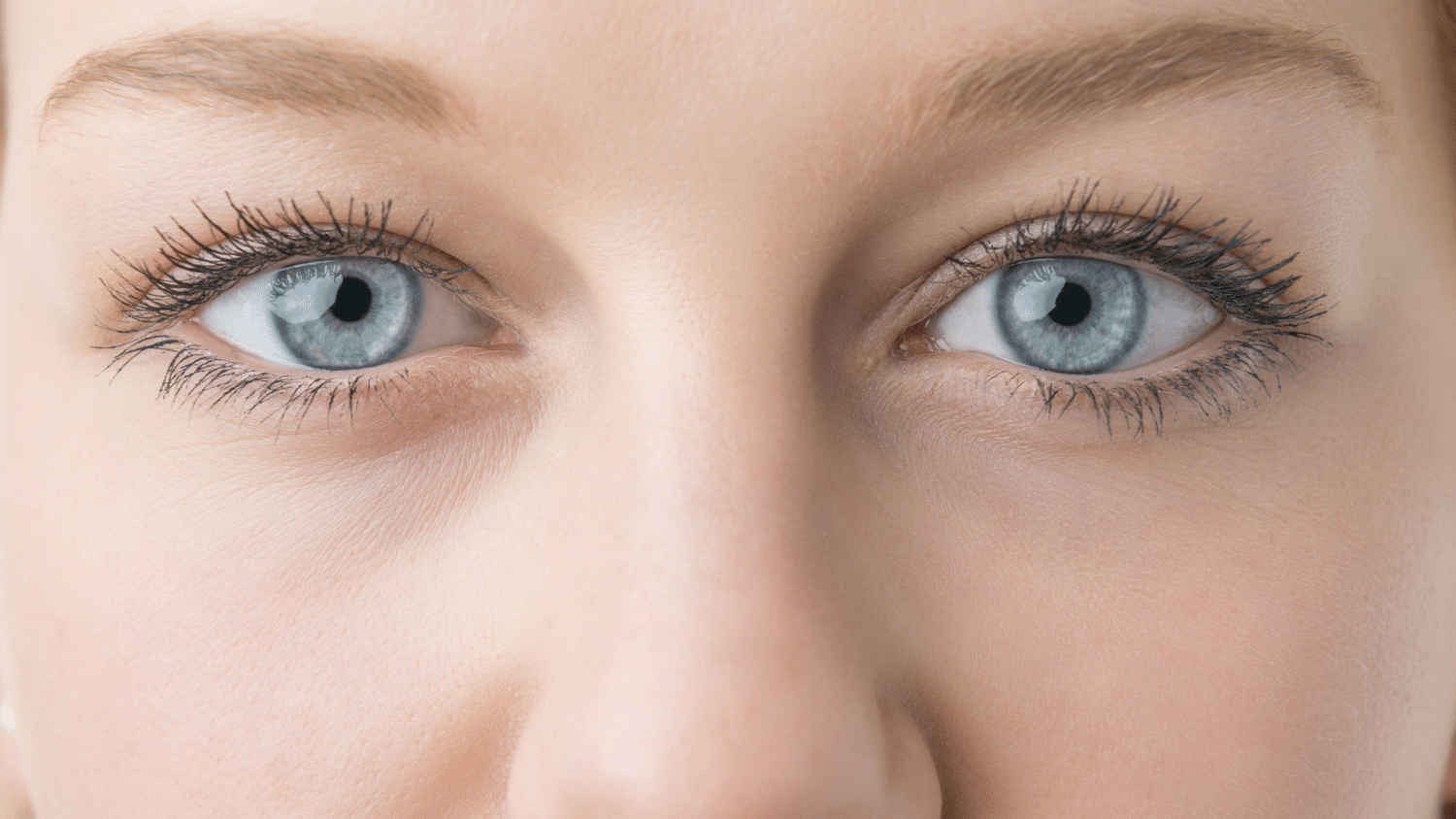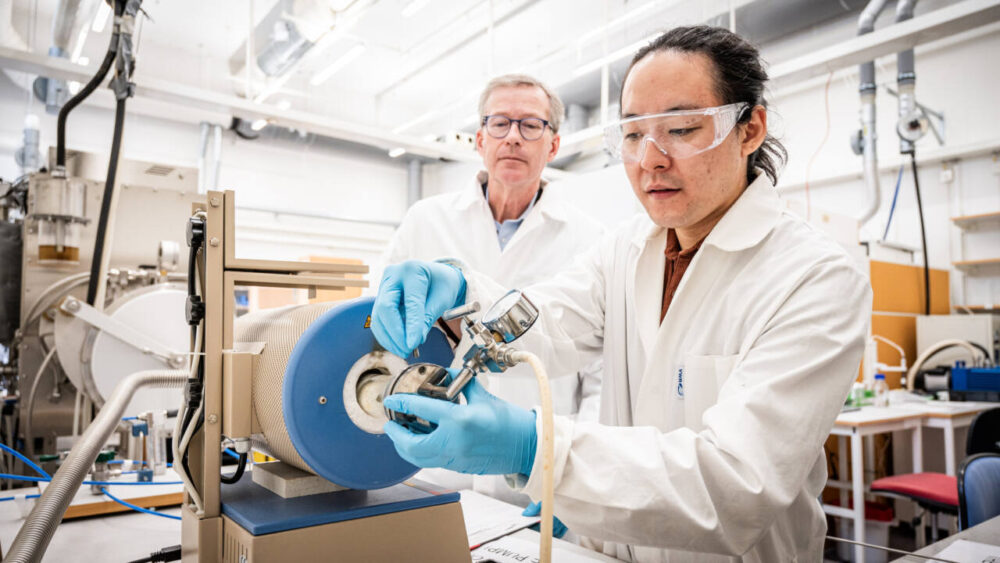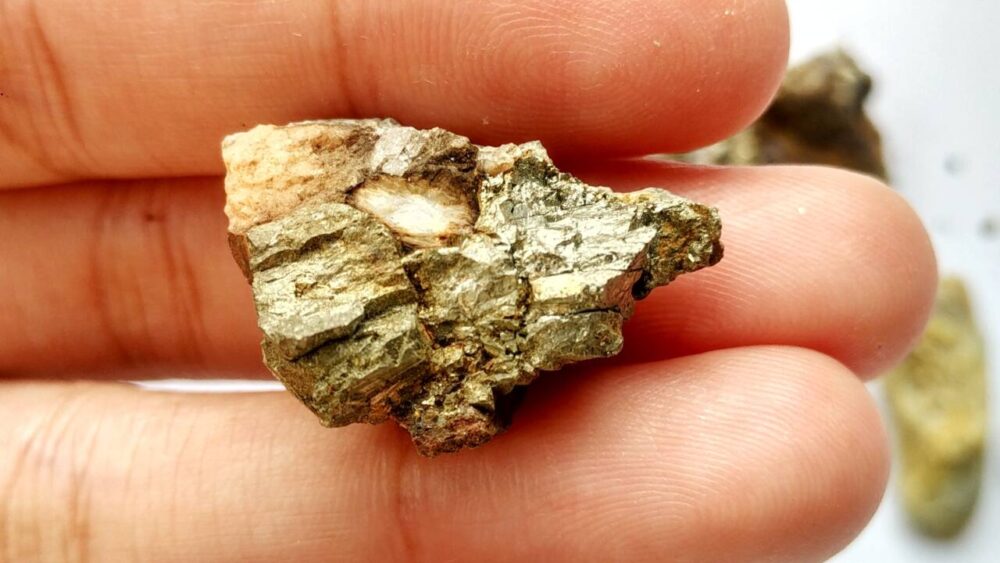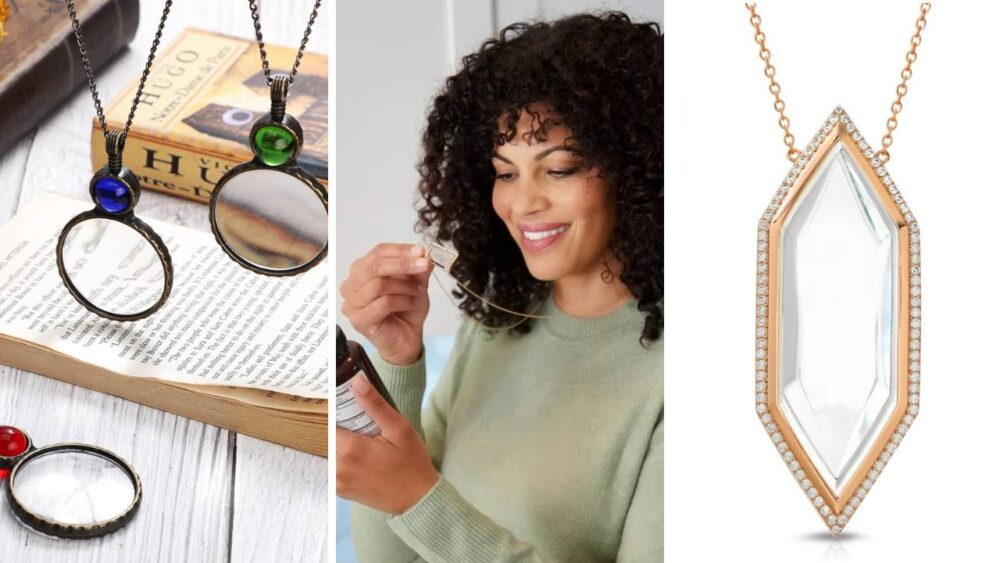Scientists Have Successfully Made Human Corneas On A 3D Bio-Printer

You’ve probably heard of some of the awesome things being made with 3D printers. A college student made his own braces using a 3D printer, and another enterprising young person created a tool for astronauts via a 3D printer.
Now, scientists at Newcastle University in the United Kingdom have successfully created human corneas using a 3D bio-printer.
The creation is a significant breakthrough, as the cornea has a major role in focusing vision. According to the university, 10 million people worldwide need surgery to prevent corneal blindness from diseases such as trachoma, an infectious eye disorder. Also, almost 5 million people are completely blind because of corneal scarring from burns, lacerations, abrasion or disease.
The scientists used stem cells from a healthy donor cornea and mixed them with alginate (which is in the cell walls of brown algae) and collagen to create a solution, called “bio-ink,” that could be printed. It took less than 10 minutes to print. The results of their research were published in Experimental Eye Research.
Watch the video below to see the process of how the printed corneas were made:
The scientists were able to build the cornea to match a patient’s exact unique specifications. Before printing a cornea, they scanned a patient’s eye, so they could create a cornea that would fit their specific size and shape.
“Our 3D printed corneas will now have to undergo further testing and it will be several years before we could be in the position where we are using them for transplants,” Che Connon, professor of tissue engineering at Newcastle University, who led the work, said in a statement. “However, what we have shown is that it is feasible to print corneas using coordinates taken from a patient eye and that this approach has potential to combat the world-wide shortage.”
What an amazing scientific breakthrough! Here’s hoping that the bio-printed corneas will one day be able to help the millions of people in need of transplants.






